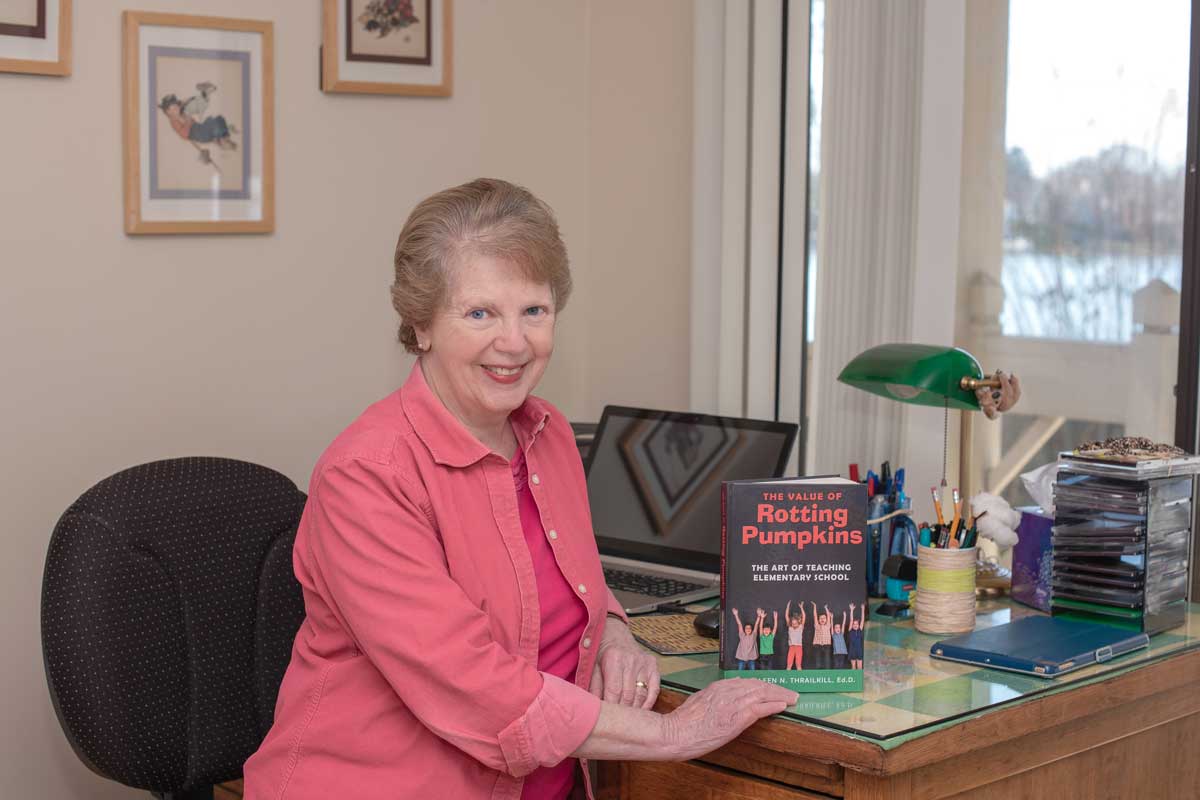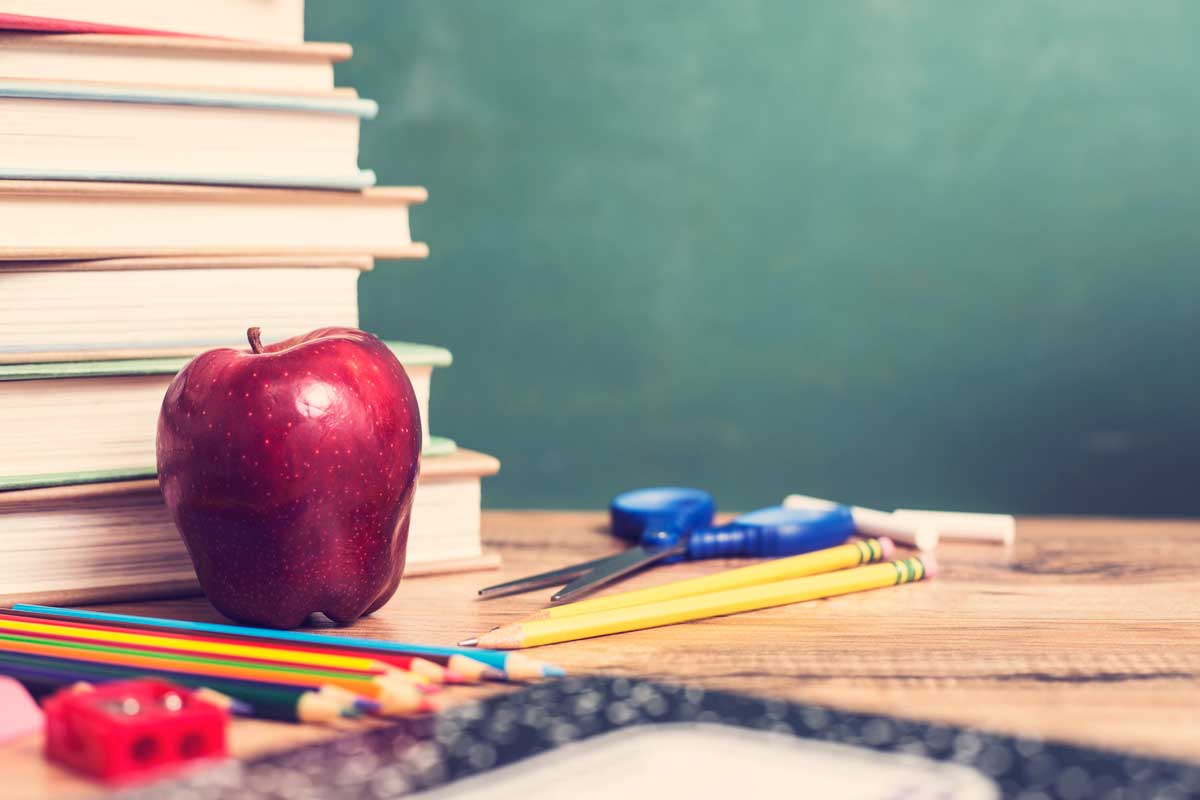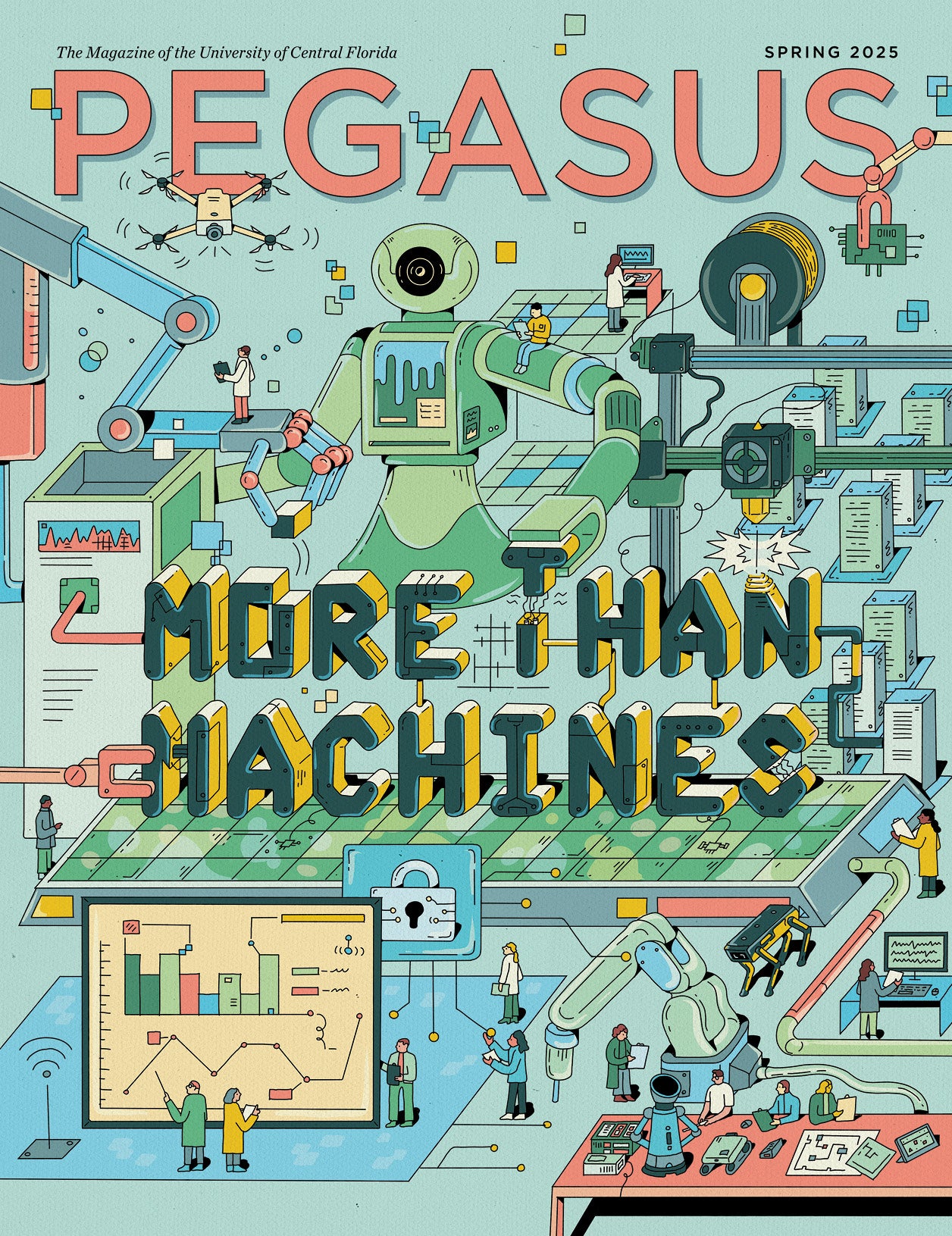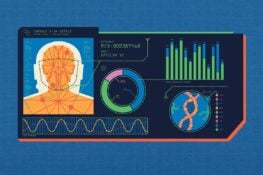Colleen Thrailkill ’99EdD spent more than 30 years as an educator before she retired in 2010 — an amazing tenure that’s even more incredible considering the curriculum and instruction alum never set out to be a teacher in the first place.
After earning her bachelor’s degree in sociology, she worked at a daycare in Atlanta for a period of time. Despite being raised as an only child and admittedly knowing “nothing about children” she found that she quite enjoyed the gig, so she she decided to return to school at Georgia State University and graduated with a master’s degree in early childhood education in 1972.
Two years later, she says she received a call from the Orange County Public Schools personnel office asking her if she was interested in replacing a kindergarten teacher who had moved mid-school year.
“The first day the kids walked in and said, ‘Who are you? You’re not our teacher,’ ” she says. “It was hard. It was scary. But it was also really rewarding. Teaching enriched my life.”
Thrailkill has put her years of experience down on paper with a recently published book The Value of Rotting Pumpkins: The Art of Teaching Elementary School, which shares wisdom and practical strategies for teachers to apply in their classrooms.
In this Q&A, she discusses life lessons, how we can better appreciate our teachers and the one thing parents should do for their child’s education.

I hope I help people understand that when you first walk into the classroom, you’re not the best you’re going to be. You have to learn how to control a crowd of children. You have to develop some tricks. I know at first I floundered around. I think every teacher does. It helps if you have a mentor. It’s something you have to learn to do and it’s hard.
Marcella Kysilka, Sharon Hiett, Donna Camp and Marty Hopkins to name a few. Kysilka was a wonderful organizer. Hiett taught me that you develop throughout your life. Camp taught my first online class, which was about children’s literature. And Hopkins was good at steering us to the new math standards being developed at the time. There is a part in my book that says take this opportunity to thank a teacher, so I would like to thank them. It’s a leap of faith when you teach to hope you can positively influence someone. Students don’t always come back and say thank you. I think I would want all teachers to believe they can have an influence.
My book covers this in depth, but here are a few:
1. Grade papers with a green pen. Green is so much more appealing than red.
2. When you get your class list, don’t instantly go to last year’s teachers and say, “Tell me about these kids.” Every child deserves a chance for a fresh start every school year.
3. Before you ask “Why would we do that?”, ask “Why not do that?”
A lot of pieces of this book have been little essays sitting around in my computer for a while. There’s one in there about the power of old books. One about rotting pumpkins that gave the book its title was something I’d written a while back. When we were locked down during coronavirus, I began to get reflective and I thought maybe now is the time to get that all together and make a book.
I guess you could say it’s a metaphor for how I taught. I always had a Halloween pumpkin with my class when I taught kindergarten, first and second grade. We would do a lot with it. We would vote on how to make the eyes, nose and mouth look. We would cut the top open and the students would put their hands into the jack-o’-lantern to pull out all the seeds. We would count the seeds, roast the seeds, eat the seeds. One year I thought when Halloween was over, what else could we do with this pumpkin? And I thought, we could watch it rot. I brought in a terrarium from home with some soil on the bottom. I put the pumpkin in there, covered it up really tightly with saran wrap, taped it down. We watched it until there was nothing left but the stem, which helped my students to recognize what happens when something decomposes into the earth. Then I thought, what would happen to other things we would bury in the dirt?
We put in a rock, newspaper, a banana peel, a plastic water bottle and a Styrofoam cup. We put them below the surface of the soil. We left them there for probably two months before digging them up. The rock, of course, looked the same. The banana peel had rotted away just as the pumpkin had. The newspaper was just a soggy, mushy thing. But the Styrofoam cup and plastic water bottle, if you would have washed them off, they would have gone on with their life as they started. That was a lesson to help my students learn to be careful of the things they’re using so that they’re not leaving a lot of trash behind in the world.
Dr. Seuss said this well, “A person’s a person no matter how small.” That was something I tried to keep in the front of my mind in any interaction with children I had.
Be involved. And that starts from the very first part of the year by connecting with the teacher. There’s a chapter in the book on parent-teacher interactions. And they’re not always going to be positive. But the teachers and parents have a responsibility to understand they want the same thing — the best education that they can give that child. So it’s important that the parent supports the teacher, and if there is an issue, and your child comes home one day with unfavorable things to say about his or her teacher, you need to go to the source and have an open dialogue with the teacher.
I wonder if this pandemic has helped people to recognize the value of teachers. The parents who have had to be home have understood that the job that a teacher does is not just babysitting their kid. That being said, teachers should be paid more. Paying teachers fairly for the job they do shows that society values their work. That would be my starting point.





